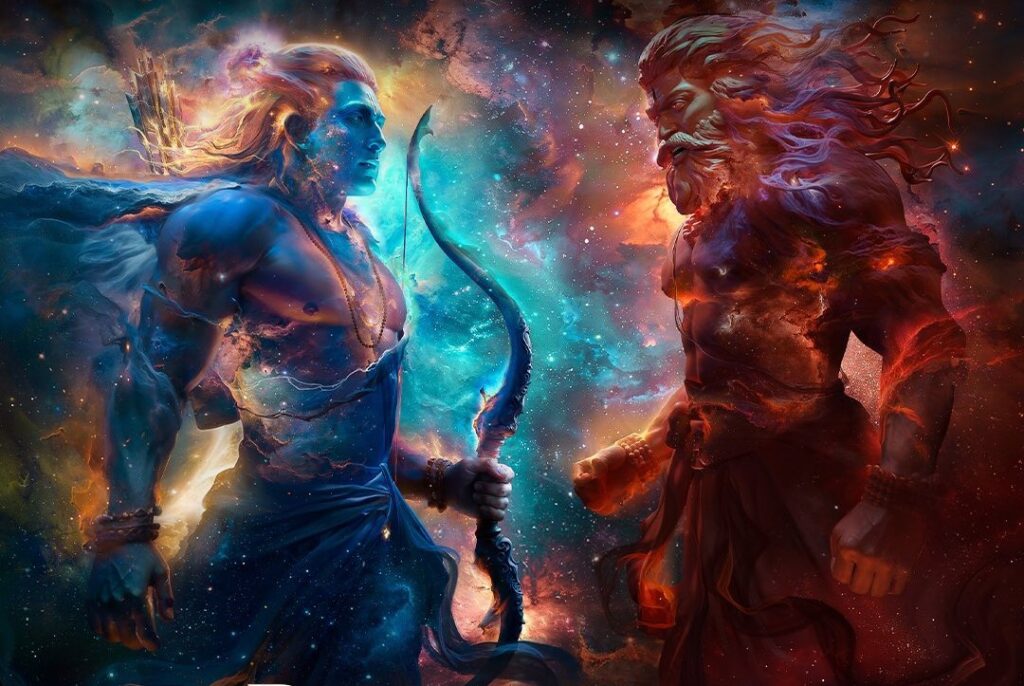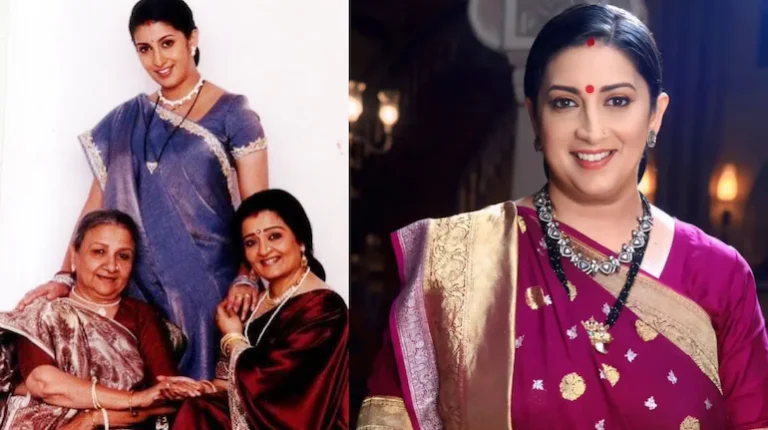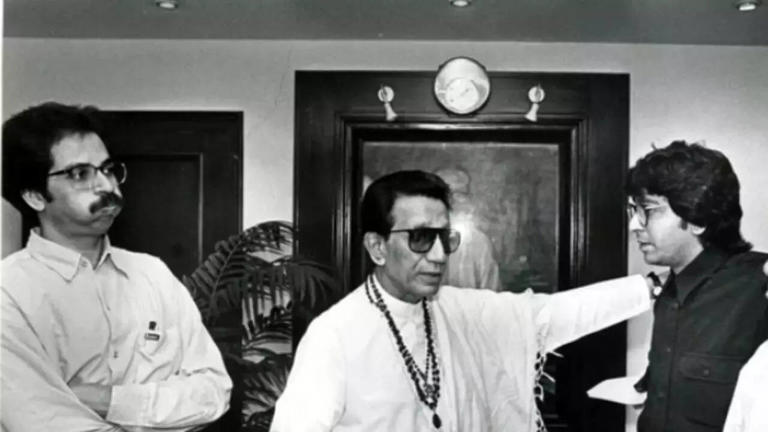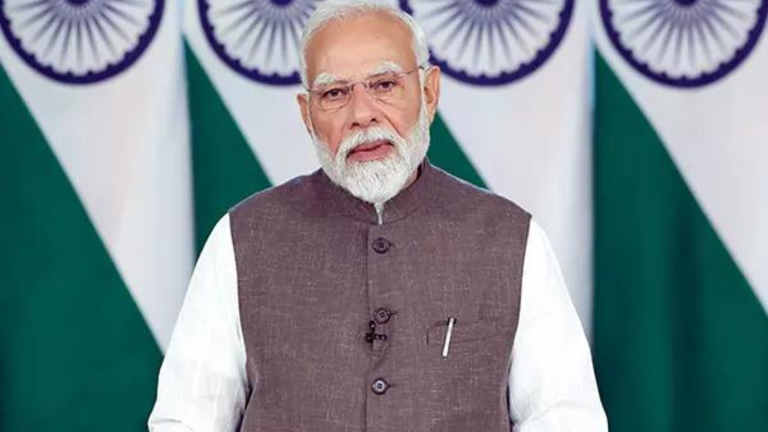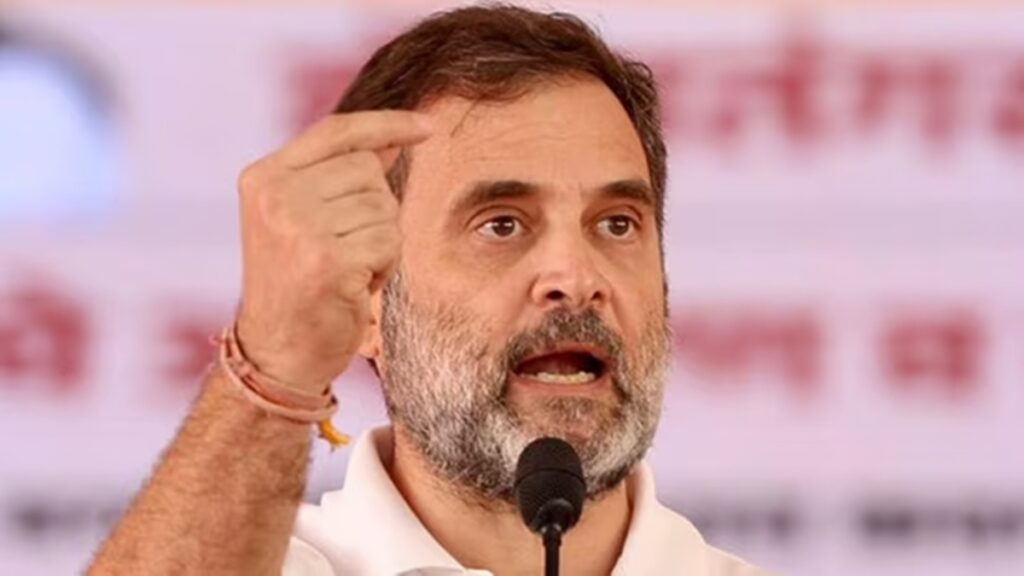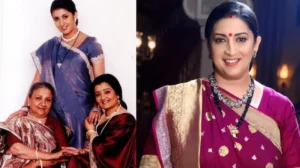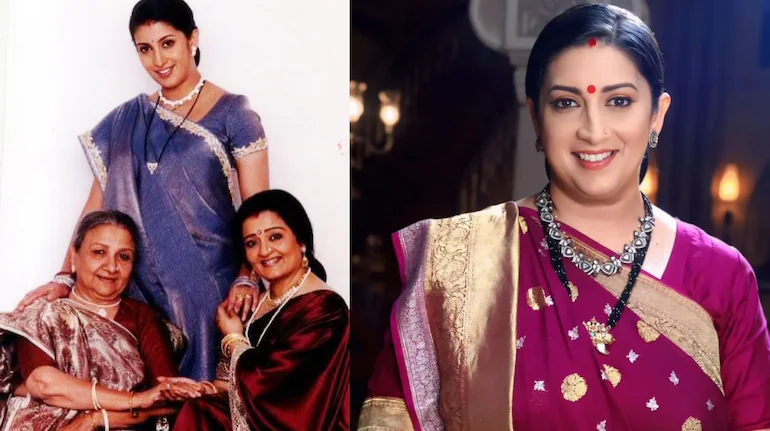“Pre vs Post-Ramayan”: Ranbir, Yash & DNEG VFX Aim to SHATTER Box-Office Boundaries
With a massive budget of ₹835 crores, a thoughtfully chosen cast, and two of the world’s most legendary music composers, the upcoming film Ramayan isn’t just another Bollywood epic. If executed well, it could redraw the boundaries of Indian cinema, much like what Baahubali did for the pan-India film movement. The makers are not simply adapting a religious epic; they are crafting a cinematic milestone that could define a new era—Pre-Ramayan and Post-Ramayan.
From casting decisions and visual effects to script sources and philosophical grounding, Ramayan is walking a tightrope between creative excellence and deep cultural responsibility. As Aamir Khan once said about Mahabharata, “You might let Mahabharata down, but Mahabharata will never let you down”—the same gravity applies to Ramayan.
Hollywood Tech Meets Indian Mythos on a Colossal Scale
One of the most impressive aspects of Ramayan is its budget allocation. While Prabhas reportedly took 30% of Adipurush’s budget as fees, Ranbir Kapoor is charging only ₹75 crores, which is just 8.9% of Ramayan’s entire budget. Yash, playing Ravana, is also a co-producer and is not taking any fee, ensuring more funds are invested in VFX, screenplay, and production value.

The VFX is being handled by DNEG, the studio that worked on Interstellar, Dune, and Kalki 2898 AD. Despite concerns over DNEG’s underwhelming visuals in smaller Indian films, the scale of investment in Ramayan gives hope for high-quality, internationally competitive visuals. Notably, the film’s producer Namit Malhotra is also the CEO of DNEG, making this collaboration even more strategic.
The casting is grounded in authenticity and physical preparation. Ranbir Kapoor reportedly gave up alcohol and non-veg and underwent archery training for the role of Shri Ram. Yash collaborated closely with the action team behind Mad Max for Ravana’s action scenes. The decision to cast Sai Pallavi as Sita and Ravi Dubey as Lakshman reflects a preference for performance-driven, rooted Indian faces over cosmetic glamor.
Choosing Between Valmiki’s Mortal Maryada Purushottam and Tulsidas’s Divine Avatar Saga
Ramayan Part One is reportedly based on Valmiki’s Ramayana, which depicts Lord Ram as a mortal ideal—Maryada Purushottam. This differs significantly from Tulsidas’s Ramcharitmanas, which highlights Ram as an incarnation of Lord Vishnu, filled with divine aura.
This choice is both bold and risky. Most Indians are more familiar with Ramcharitmanas, especially through school teachings and televised retellings. Therefore, audiences may find the absence of elements like Lakshman Rekha or Swayamvar scenes unfamiliar or even controversial. While staying true to Valmiki’s version adds depth and originality, it might confuse or alienate mainstream viewers.
The film’s tagline—“Our Truth, Our History”—suggests an effort to assert Ramayana as historical fact, not just mythology. This move signals an ideological stand—one that speaks as much to Indian audiences as it does to the international community that often labels Indian epics as fables.
Nitesh Tiwari’s Heartfelt Narrative vs Fans’ Demand for Rajamouli-Style Scale Epic
Director Nitesh Tiwari, known for grounded hits like Dangal and Chhichhore, brings credibility in narrative depth and emotional intelligence. While some fans wished for SS Rajamouli to direct the film, Tiwari’s strength lies in crafting stories with heart, which might make Ramayan more relatable than mythical.
The only potential weak link may be writer Sridhar Raghavan, whose past works (Pathaan, Tiger 3) have received mixed reviews. However, early glimpses and behind-the-scenes footage suggest that the creative team is deeply committed to authenticity, detail, and cultural depth.
If Ramayan delivers on its promises, it won’t just be a film—it could become a new cinematic benchmark, much like Lord of the Rings or Gladiator were for Hollywood. For Indian cinema, it could mean a paradigm shift in storytelling, production quality, and mythological representation.


